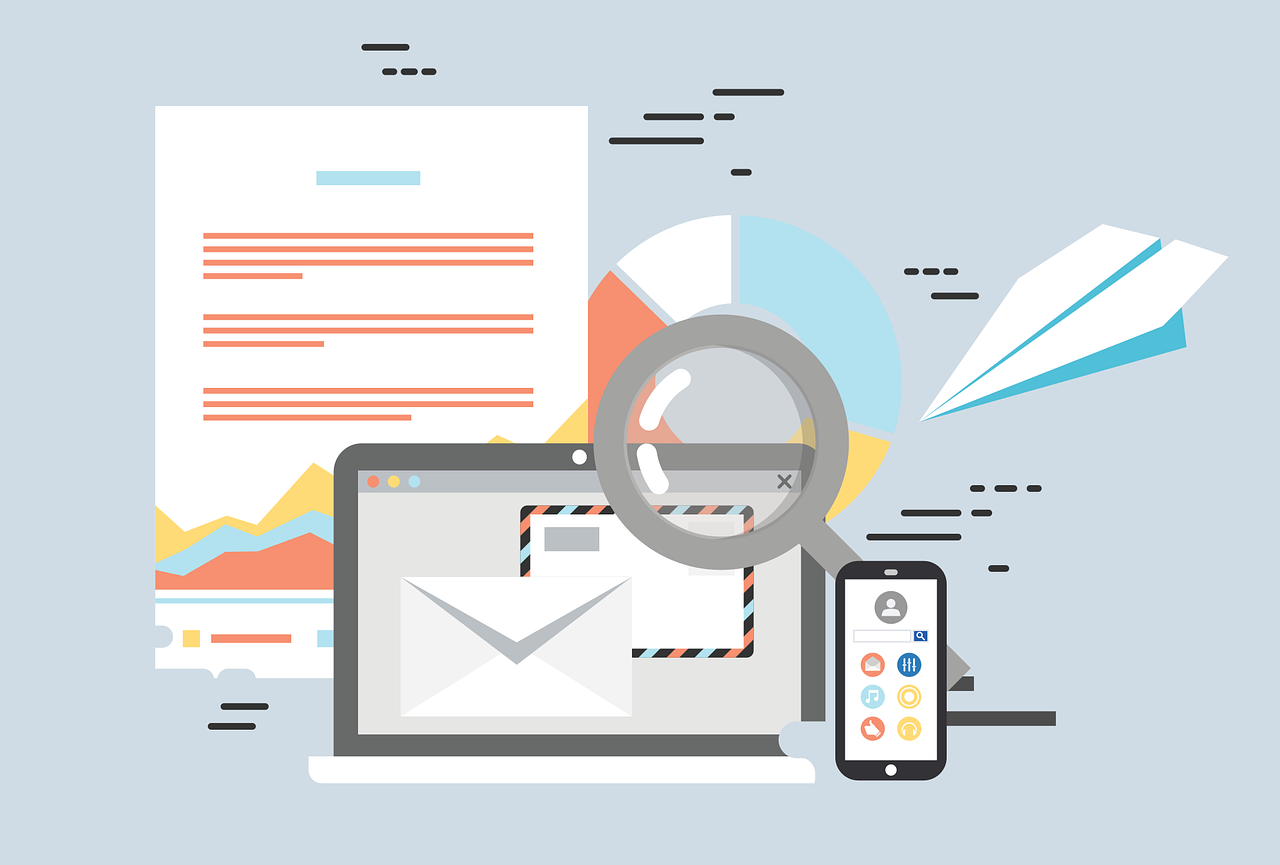Designing effective email templates is essential for capturing recipients’ attention, conveying your message effectively, and driving higher engagement. A good email design can make a significant impact on the success of your email marketing campaigns. An email marketer must explore key principles and strategies for creating email templates that resonate with the audience and lead to higher engagement.

If you are running email marketing campaigns for your own brand, you must understand the demographics, preferences, and needs of your target audience. This knowledge will guide your design decisions and help you create relevant email templates. Conduct user research and testing to gather insights on how your audience interacts with different email templates. Use this information to refine your design approach and improve engagement.
Customize Email Templates to Match Your Brand
Personalize the design of your email templates to align with the brand identity. Use consistent colors, fonts, and imagery that reflect your brand’s personality and values. A modern HTML template offers several advantages, including:
- Mobile Responsiveness: Ensure your email templates are optimized for mobile devices, as a significant portion of email opens occur on smartphones and tablets.
- Compatibility: Modern HTML templates are compatible with various email clients, ensuring consistent rendering and improved deliverability.
- Interactive Elements: Incorporate interactive elements like buttons, carousels, and surveys to increase engagement and encourage interaction with your emails.
Keep the Design Clean and Simple
Ensure your message is clear, concise, and easily scannable. Use short paragraphs, bullet points, and headings to improve readability and convey your main points effectively. Leverage white space strategically to create a visually appealing and uncluttered design. Give your content room to breathe, which directs the reader’s focus.
With a glossier email format, you must organize your content using visual hierarchy techniques. Use headings, subheadings, and different font sizes to guide readers’ attention and emphasize important information.
Incorporate Compelling Visuals
Use high-quality images that are relevant to your message and resonate with your audience. Images can evoke emotions, showcase products, or support your brand narrative. Incorporate engaging videos or GIFs to capture attention and increase interactivity. Use them to showcase product demos, provide instructional content, or add visual interest to your emails.
Include Clear Call-to-Actions (CTAs)
Position your call-to-action buttons prominently and make them visually distinct. Use contrasting colors, compelling copy, and appropriate sizing to encourage click-throughs. Create a sense of urgency or personalize your CTAs to increase engagement. Incorporate phrases like “Limited Time Offer” or dynamically insert the recipient’s name for a personalized touch.
Optimize Emails for Accessibility and Deliverability
Ensure your email design is accessible to all users, including those with disabilities. Use alt text for images, provide descriptive links, and ensure proper color contrast for readability. Follow best deliverability practices to increase the chances of your emails reaching the recipients’ inboxes. Implement email authentication protocols, maintain a healthy sender reputation, and avoid spam triggers.
Conduct A/B testing to compare different variations of your email templates. Test elements such as subject lines, visuals, CTAs, and layout to identify what resonates best with your audience and drives higher engagement.
Analyze Metrics and User Feedback
Regularly analyze email performance metrics such as open rates, click-through rates, and conversion rates to gain insights into the effectiveness of your email templates. Additionally, pay attention to user feedback from surveys, customer support, or social media to understand how recipients perceive and interact with your emails.
Based on the insights gathered from testing and analysis, iterate and refine your email templates. Make data-driven decisions to optimize design elements, messaging, and overall user experience, continually improving engagement rates.
Personalization and Dynamic Content
Utilize dynamic content in designing emails based on recipient data, such as their preferences, location, or past interactions with your brand. Personalized and relevant content resonates better with recipients and boosts engagement.
Incorporate merge tags to dynamically insert recipient-specific information, such as their name or purchase history, into your emails. Personalization creates a sense of connection and relevance, encouraging higher engagement.
Do Not Forget Mobile Optimization!
Ensure your email templates are optimized for mobile devices. Responsive design ensures that your emails adapt and display correctly on screens of various sizes, providing a seamless experience for mobile users.
Before sending your emails, preview and test them on different mobile devices and email clients to ensure they are rendering properly. This helps you identify any design or layout issues that may affect engagement on mobile devices.
Compliance With Email Marketing Regulations
Familiarize yourself with email marketing regulations, such as the General Data Protection Regulation (GDPR) and the CAN-SPAM Act. Ensure that your email templates comply with these regulations by including necessary information, providing clear unsubscribe options, and respecting recipients’ privacy preferences. Practice opt-in and permission-based marketing to ensure that you are sending emails to recipients who have given explicit consent to receive them.
Conclusion
Designing effective email templates requires a strategic approach that considers your audience, utilizes modern HTML templates, and optimizes for accessibility and deliverability. By continuously testing, optimizing, and personalizing your email design, you can create engaging experiences that drive higher engagement and achieve your email marketing goals.



Add Comment